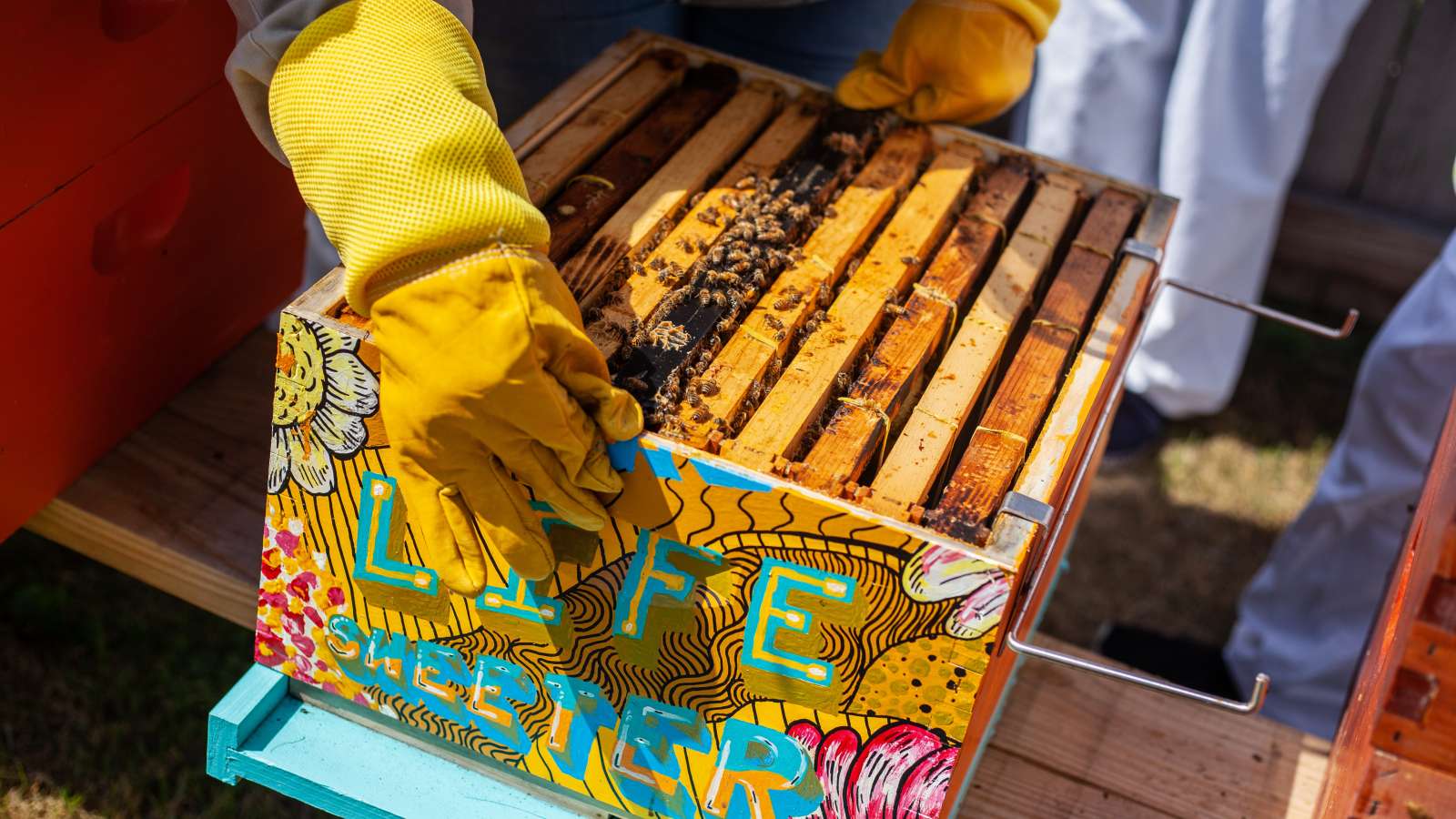Here in Oklahoma, its often that one can find small mud balls and tubes on the side of buildings and under house soffits. These tiny mud huts are nests for a few indigenous wasps that around here we call mud daubers. But the question is, can mud daubers sting? The answer is yes, but they seldom do. These wasps would prefer to fly away, but if cornered, they will sting.
These wasps will use their stingers to hunt spiders with. A favorite is the black widow spider, making this wasp a great ally in your home ecosystem. They will sting their prey, paralyzing them, and then place these paralyzed spiders in their mud nests. Mud daubers will lay an egg on the last spider that they place in the nest, and then seal it up. They do not rear their young, nor do they protect it like a bee or other social colonizing insect.
BLACK AND YELLOW MUD DAUBERS
The black and yellow mud dauber is the most common of these wasps. They roll mud into small balls and transport it to their nest. They use their mandibles to mold and form the mud into a loaf of bread shape nest. Its here that they deposit the 25 to 30 permanently paralyzed spiders and the egg in each cell. These wasps have relatively small egg counts. The females only produce about 15 to 20 eggs. Each cell will produce one wasp.
These wasps are very good hunters. They have good eye sight and use landmarks to locate their nest and hunt spiders. They will land on a web without getting tangled, or gently pluck the web to simulate a fly being caught in the web. When the spider emerges, the wasp will sting its prey. A single female, laying 20 eggs, will capture and entomb as many as 500 spiders!
ORGAN PIPE MUD DAUBER
These wasps are black in color except white to yellowish rings about their back ankles. The females also make their nests out of mud, but in long tube shaped nests. These tubes are each about six inches long, and have many butted up against each other. The female will fill a section of the tube with spiders, lay an egg on it, and then seal it off. She will then do this again and again until the tube has six cells in it, each with spiders and one egg.
Females in this species sometimes work together, and sometimes compete with one another. Two females will sometimes work together gathering spiders and building the nests. Sometimes, a female will evict a female from their nest. Sometimes a female will find a fully equipped nest, and remove the eggs and lay her own.
MASON AND POTTER WASPS
These wasps are much like the previous two, but their main difference is their diet. They fill their nests not with spiders, but with caterpillars and beetle larvae. The nests of these are much smaller than the daubers. The potter wasp nest is shaped much like a round vase, hence the name. The potter wasp would lay her eggs first, and then put the food in the nest before sealing it up.
The mason wasp will find dry soil and mix it with saliva to make mud, much like the potter wasp. They make their nests more utilitarian in shape. In some instances, they will drill into motor between bricks to house their young. This is where their name comes from. They can also use old mud dauber nests or the inside of a hollow stem. Neither of these wasps are aggressive to humans unless cornered.
So, can mud daubers sting? Yes, but they seldom do. If you are in need of an exterminator, Contact Us here at TermMax Pest Control. We are here to help!


